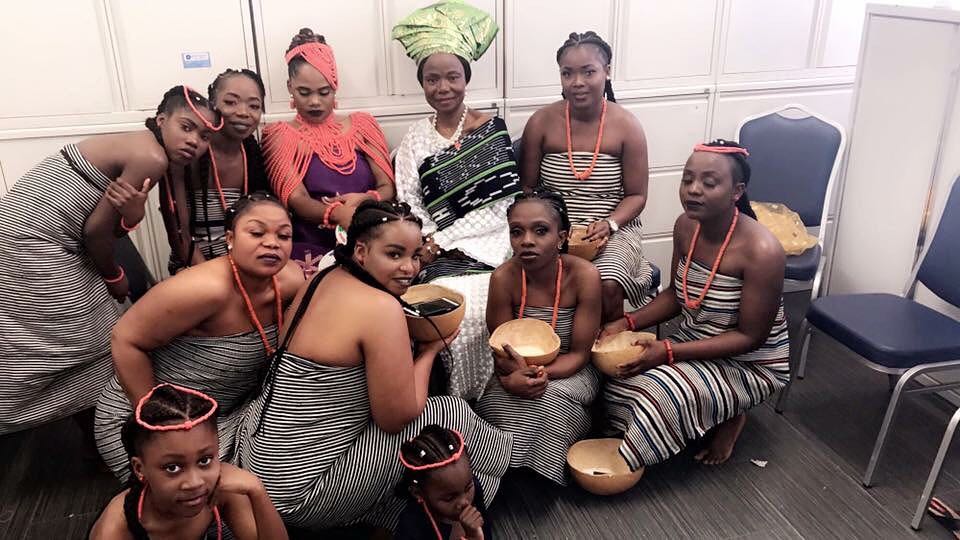The West African country of Liberia, boarding Sierra Leone and Guinea is rich in culture and this is seen through the marriage customs. The Liberian people have their customs and traditions which guide the way they live, this also guides the way they get married. Under the law in Liberia there are two types of marriages these are the customary (traditional) and the Statutory marriages.
We also recommend our guide to the 4 things that make a Yoruba wedding truly African.
A traditional marriage includes dowry payment to the bride’s family. A dowry may include money and breaking of kola nut although the dowry is given to the bride’s family, it is not believed to be a payment for the bride so she is not to be considered a property of her husband’s because she isn’t a property. A traditional marriage is dissolved by divorce of spouses or death of a spouse. The groom under the traditional rights and customs has the right to contract more than one marriages with more than one woman, he therefore can have multiple wives and divorce will definitely follow a prescribed tradition laid down in such cases.

During a traditional marriage ceremony a lot of singing, dancing and performances is expected from family of the bride and the groom and their well-wishers for the joyous occasion. According to laid down customs the uncle of the bride has the responsibility of giving out the hand of his niece in marriage to her proposed husband and his family just as the uncle of the groom has the responsibility in finding him a suitable wife. During the day of the ceremony the uncle of the groom makes the proposal to the family of the bride for her hand in marriage on behalf of his nephew who he refers to as his son during the dialogue, the bride’s uncle will reply on behalf of the family asking which of the daughters of the family is being referred to asking the groom’s uncle to specify which person he is referring to exactly.
Thereafter, a small display is then made for the grooms family bringing out young ladies dressed with a variety of plenty clothes to not make them easily recognizable parading them one after the other in front of the groom, his family and the guests. During this parade money is charged on the grooms family and friends for the removal of various clothes they put on the person and when all the clothes have been removed and they see the lady isn’t the bride the crowd usually laughs and request the real bride be brought forward, this process repeats itself until the real bride is revealed and identified causing a joyful uproar from the guests.
The loosening of the kola nut is followed, the bride is asked to loosen kola nuts tied together using a very tiny thread wrapped around leaves by her family she loosens it and the family shares the kola nut signifying peace and life, the purpose of this exercise is to express the level of peace the couple should have within their marriage. The final stage of the traditional marriage customs is the payment of the stipulated dowry to the family of the bride by the groom and his family after this the bride is turned over and handed over to her husband as his wife.




